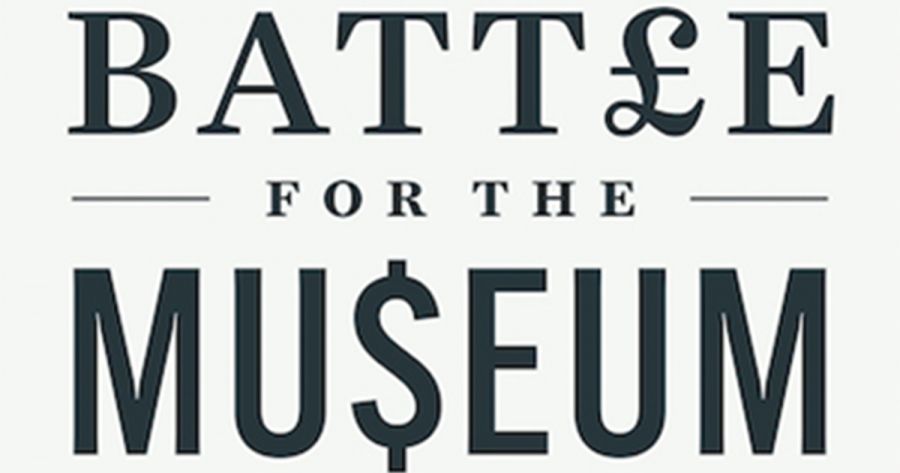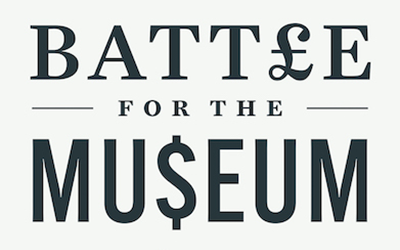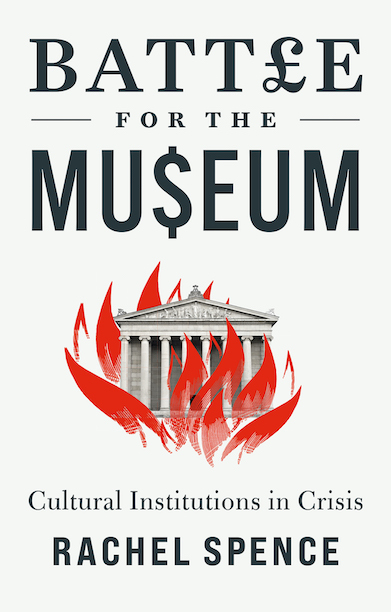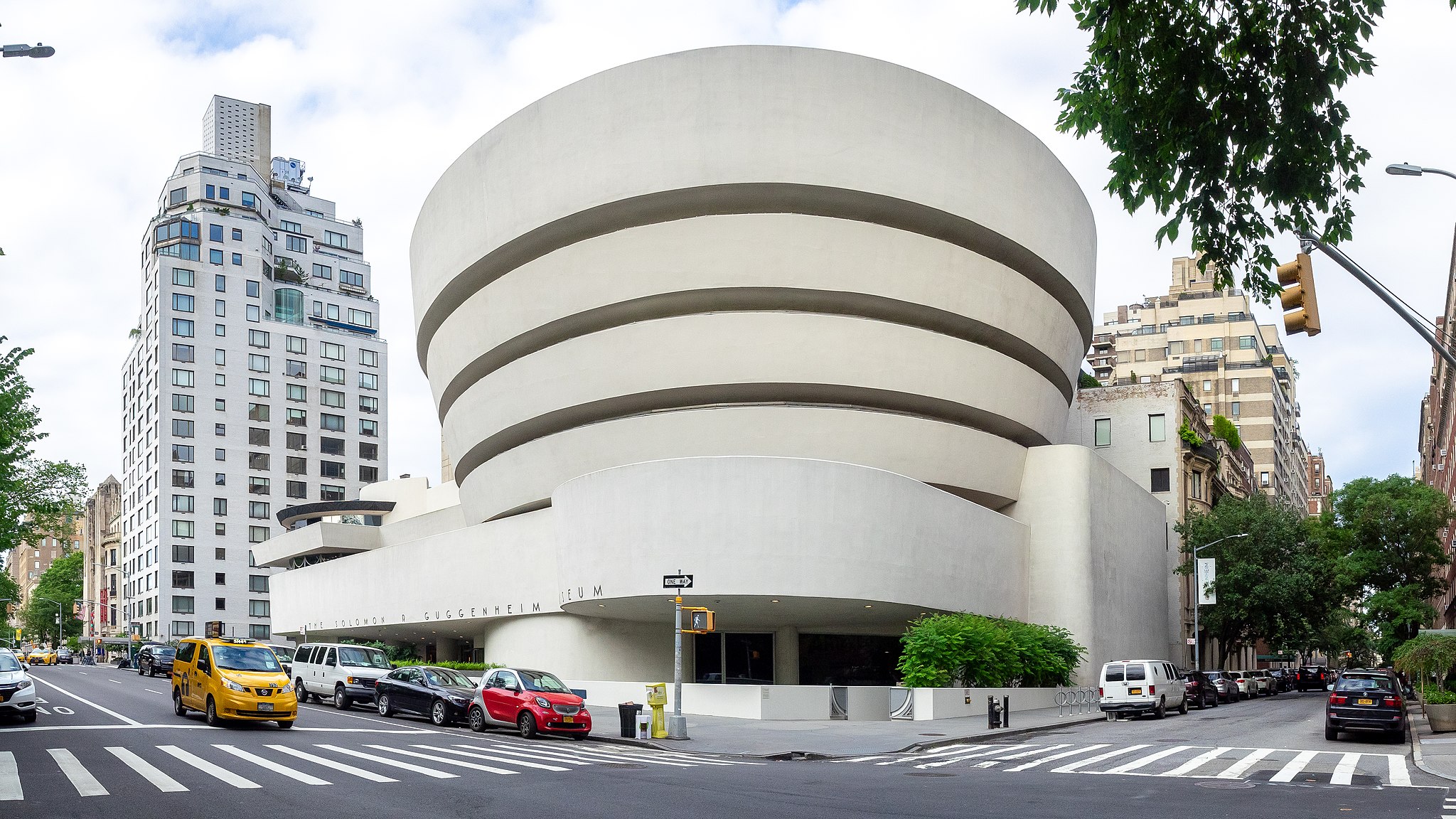
- Free Article: No
- Contents Category: Culture
- Review Article: Yes
- Article Title: Planet Art
- Article Subtitle: A thudding compendium of sins
- Online Only: No
- Custom Highlight Text:
Rachel Spence’s Battle for the Museum reflects a growing movement to redefine the art museum as a site of activism and social change that has gained momentum in the United States and Britain around issues of race, equity, and diversity. Advocating the need for radical transformation, Spence paints an insistently bleak picture of art museums, recording their multiple failings on social, ethical, and political fronts. Forty pages in, this reader was already battle-weary, worn down by Spence’s thudding compendium of sins. That’s not to dismiss the validity of Spence’s arguments. The sector’s expansionist, exploitative, discriminatory, and profit-hungry urges warrant interrogation.
- Featured Image (400px * 250px):

- Alt Tag (Featured Image): Gabriella Coslovich reviews ‘Battle for the Museum: Cultural institutions in crisis’ by Rachel Spence
- Book 1 Title: Battle for the Museum
- Book 1 Subtitle: Cultural institutions in crisis
- Book 1 Biblio: Hurst, $39.99 hb, 286 pp
- Book 1 Cover Small (400 x 600):

- Book 1 Cover (800 x 1200):

In that moment, Spence understood that art was ‘vulnerable to manipulation by wealth and by power’ and her ‘faith in art’s capacity to remain an autonomous creative force was shaken’. It is an odd realisation given that art has rarely been an ‘autonomous creative force’, and Spence, who was then living in Italy, home of the Renaissance, would have been well aware that artists through history have enjoyed and suffered the patronage of popes, monarchs, ruling families, and assorted wealthy élites. And yet it’s the art that transcends the patronage.
Even so, in her Introduction Spence eloquently probes the tensions between art and the systems of power within which it operates, and the reader anticipates an insightful and enquiring discussion ahead, with a variety of perspectives canvassed. It’s a shame, then, that the friction Spence sets up at the start of book gives way to polemic.
Spence points the barrel at the Western world’s wealthiest and most powerful institutions, including the Tate, the British Museum, the Whitney Museum of American Art, the Guggenheim, the Louvre, and mega art fairs such as Frieze, Art Basel, and Art HK (whose co-founder Tim Etchells went on to launch the Sydney Contemporary art fair).
She fervently critiques the divide between the progressive values that these institutions profess to embrace and the values they demonstrate – or, as she puts it, ‘the gap between what Planet Art says about humanity and freedom, and what it actually does’. She argues that ‘Planet Art’ is ‘too marvellous, too fertile and ultimately too important not to clean up its act’.
Spence has plenty of ammunition to drive home her point: institutions that underpay staff, outsource jobs, offer insecure contracts, appoint tear gas manufacturers to their boards, accept money from opioid dealers, fossil-fuel giants, and high finance; institutions whose staff are overwhelmingly white, and so too the artists on display; institutions that move into low-income neighbourhoods, spurring gentrification that displaces established communities; institutions that forge alliances with countries of known human rights abuses, such as China and the United Arab Emirates. The chapter titled ‘Behind the Bilbao Effect’, which examines the exploitation of migrant workers building offshoots of the Guggenheim and the Louvre in Abu Dhabi, is particularly powerful and disturbing.
 The Guggenheim (photograph by Ajay Suresh, Solomon R. Guggenheim Museum via Wikimedia Commons)
The Guggenheim (photograph by Ajay Suresh, Solomon R. Guggenheim Museum via Wikimedia Commons)
Spence’s book is a furious, heartfelt, and timely exploration of the pressures facing museums from activists on staff and online (often anonymous) who want museums to mirror their values. She backs the call for radical change through mass organising, quoting ‘anarchist, transgender activist and lawyer’ Dean Spade, who says ‘our opponents … have the money and the guns. We can’t win at that. We can only win at numbers.’
Spence sidesteps some of the adverse consequences of these mass-organised struggles and seems incurious about who will arbitrate the political views to be given priority. Art is indeed ‘vulnerable to manipulation by wealth and by power’ and undoubtedly needs to clean up its act (as do many industries in the capitalist system). Art is also increasingly vulnerable to the manipulation of activists harnessing social media platforms (that profit from outrage) to demand change in ways that are not always fair, accurate, or transparent. This, too, merits analysis in a hyper-politicised climate where cultural institutions and their curators, directors, and boards, rightly or wrongly, are a ready target for protesters. The book’s blurb promises that these flashpoints will be examined, but ultimately they are glossed over by a writer who has picked her side. A salient example is the manner in which Spence skims over the saga of the Guggenheim’s former chief curator Nancy Spector, whose distinguished career was destroyed after she was accused of racism by independent Basquiat scholar Chaédria LaBouvier, whom Spector had invited to collaborate on an exhibition at the museum. An extensive independent investigation found ‘no evidence’ that Spector had mistreated LaBouvier on the basis of her race. But the damage was done, and on the same day that Spector was exonerated she left the Guggenheim. Spence dispenses the example to further her argument about racism in the museum, and moves on.
Towards the end of her manifesto, Spence reveals that she started out with a different book in mind, ‘broader, less angry, more reflective’. While Spence’s indignation is justified on many grounds, her original intention may have produced a less polarising, more nuanced, and ultimately more persuasive book.


Comments powered by CComment